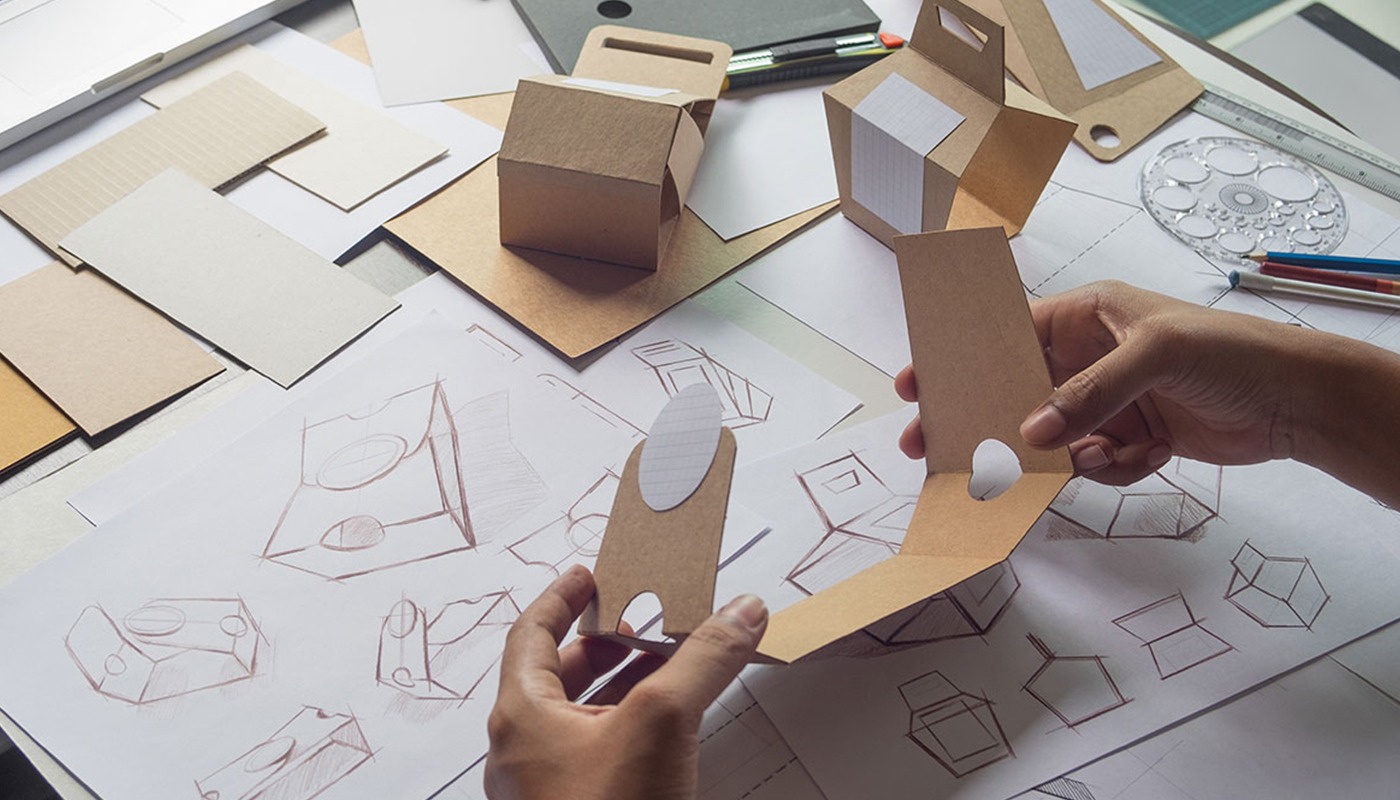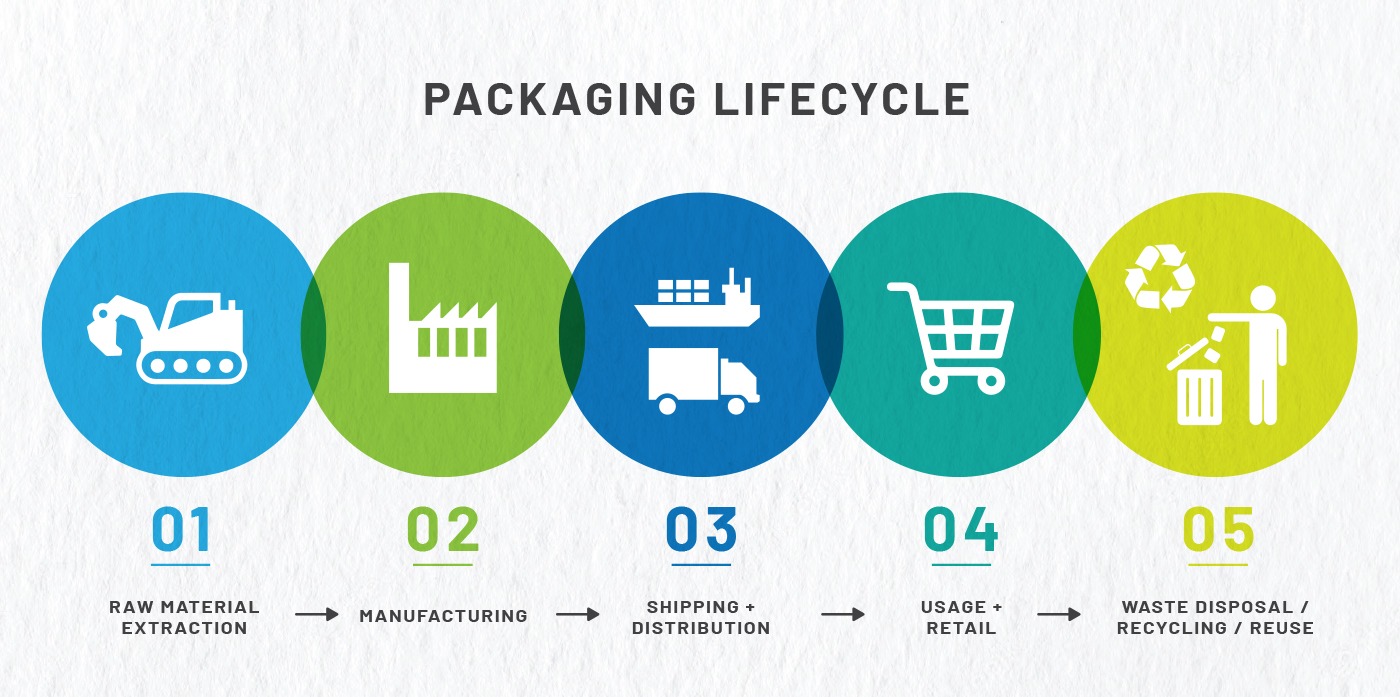
February 28, 2023
The Positives for Plastic
“There is no denying that plastic is a major contributor to the global waste problem but all plastics seem to have become a scapegoat for what’s wrong with the world – which is why it’s important to highlight why plastic is, in fact, sometimes good,” says LB Odendaal, Head of Design at IPL Packaging.
“We’re all aware of the downsides to the convenience culture of plastic, which is why it has become so demonised. However, in adopting a more balanced approach to the plastic problem and understanding that the real problem is avoidable single-use plastic (driven by a global culture of mass consumerism) we can balance the benefits and drawbacks of plastic and enjoy its many benefits whilst still minimising its negative impact on the planet.”
“Let’s face it – plastic is everywhere and in everything because of the many benefits it provides. It’s virtually impossible to live a plastic-free existence because it extends into far-reaching areas of our lives. Inexpensive and versatile, plastic has raised living standards, improved health and sanitation and reduced demand for scarce natural resources. It is cheaper, lighter, and more versatile than most other materials.”
“Plastic protects food and other consumer goods from contamination, allowing for safe consumption. It improves transportation and logistical efficiency by protecting products and reducing the likelihood of damage or spoilage. It has thermal and insulating properties, which make it ideal for house wiring and electronics. Using plastics in housing insulation makes our homes significantly more energy efficient and reduces heating and cooling costs. Plastic car components dramatically reduce vehicle weight and increase miles per gallon, saving on fuel costs and gas emissions.”
“Used in so many medical applications (including disposable syringes, IV bags, and surgical instruments) it prevents the spread of infection and disease through its effective barrier. Plastic also helps to make many consumer products such as toys, household items, and personal care products (often more affordable and durable than their non-plastic counterparts) more accessible to a wide range of consumer products.”
“Plastic packaging can help to counteract wastage by providing adequate product protection. Such packaging provides customers with high-quality goods, reduces food and product waste, and prevents resources from being wasted unnecessarily,”
“It has taken decades to realise the extent of the plastic crisis we face now and, with plastic now an indispensable part of how we live, we won’t solve the problem overnight. Banning all plastic is not the answer. Part of the answer is to significantly reduce our reliance on avoidable single-use plastics and address mass consumerism and what this does to the environment,” states Odendaal.
“I believe demanding a plastic-free world will only push the problem elsewhere. And that sometimes, the alternatives are worse. Whilst the belief that other packaging materials are better and more sustainable than plastic packaging is widespread, the truth is that replacing plastic packaging can often consume significantly more energy and lead to increased CO2 emissions.”
“Whilst those of us in the industry are working to reduce the use of single-use plastic, becoming greener is much more complex than simply replacing plastic with another substrate such as rigid board, pulp or biofoam,” he explains. “Switching from plastic to aluminium can generate significant toxic waste. Swapping to glass can generate additional carbon emissions.” he says. “Glass is heavy and takes more resources to ship. It can be wasteful too. If glass breaks on a production line it creates big problems. It is also expensive to recycle,” states Odendaal. “Using rigid board can create hundreds of tons of low-quality waste too.”
“Switching to biodegradable plastics isn’t that simple either, as our research has shown that many bioplastics don’t yet live up to their promises,” he says. “Bioplastic for injection moulding – or PLA (Polylactic acid) is a thermoplastic monomer derived from renewable, organic sources such as corn starch or sugar cane with a filler i.e. wood fibre, coffee grounds or similar,” explains Odendaal. “This material is very difficult to recycle, and it will not compost fast enough for industrial composters. The residue also does not improve the soil quality but changes the PH value of the soil, making it more acidic.”
“Bamboo is a great natural alternative to plastic cups, straws, cutlery and plates. But is importing bamboo from China the answer? Especially when it’s thought that so much of it comes from poorly controlled forests, ” he says.
“As part of ongoing testing of plant-based polymers, we are currently trying to produce something mimicking acrylic (using Injection Moulded Biodegradable Acetate). Here we have had some problems with degradation and colour shift, where the polymer yellows and degrades too quickly. This is an issue when storage and longevity is a requirement.”
“We have had similar challenges with eco-friendly laminates. These can tend to perish quickly and discolouration can be an issue. We therefore mostly recommend removing lamination from paper packaging, when possible, for a more recyclable product with fewer material combinations,” he explains. “We’ve had more luck with starch-based foams, but here there are limits to longevity and the variety of possible uses because the thickness, density of cell structure and elasticity of material is limited.”
“I feel that before demonising plastic we need to look at the packaging process holistically – from ideation right through to final delivery – to ascertain exactly where and how to make any necessary changes.
We need to:
1) address the real culprits: mass consumerism and the single-use culture,
2) seek truth and balance in the myriad calls for replacing plastics with alternatives or degradable versions and
3) select the best material and manufacturing options for the economy, the natural environment and our health
“The idea should be to reduce plastic waste in practical, manageable ways. In packaging, it is best to begin with design,” says Odendaal.
“Truly designing for the environment is about forward-thinking initiatives, innovation, and breaking new ground. It is about embedding eco-friendly and recyclability principles into the pack design process. It is not simply about switching to ‘more sustainable’ materials,” states Odendaal. “The design stage typically has the greatest influence on the packaging lifecycle and environmental impact,” he states.
“Environmental stewardship must be an integral part of the design and development process, on par with cost, quality, and manufacturing,’ he says. “Implementing design features and functionalities such as flat-packable packaging (eliminating extra weight and allowing condensed packs for shipping), more lightweight packaging that helps to reduce carbon footprint or packaging that encourages secondary use, sends a clear message to consumers that the brand is going the extra mile to reduce wastage and negative environmental effects.”
“Let’s face it, the ‘conveniences’ and cheap products that we have come to enjoy are the very reason we have so much environmental destruction and, whether we like it or not, we need to give this up. By making conscious choices about our consumption habits, we can create a more sustainable and fulfilling future for all.”
For more information on packaging solutions or to gain insight into our latest packaging trends, follow us on LinkedIn, or join our community of packaging enthusiasts by signing up to our monthly newsletter below. Keep an eye on our news section for insightful articles and innovative ideas around packaging materials, product development and design.
More articles

February 23, 2023
IPL Perspectives: Lauren Watt & Jason Roberts

December 3, 2021
Countdown to Christmas

October 7, 2020
Promoting The Luxury of Tomorrow – Walpole

February 1, 2021
Hidden elements that make a difference to packaging quality – Part 1

November 10, 2020
IPL Packaging – Finalists In Luxury Packaging Awards 2020

January 18, 2021
What makes a good unboxing experience?

April 21, 2022
Shakes, Rattles and Rolls

January 26, 2022

